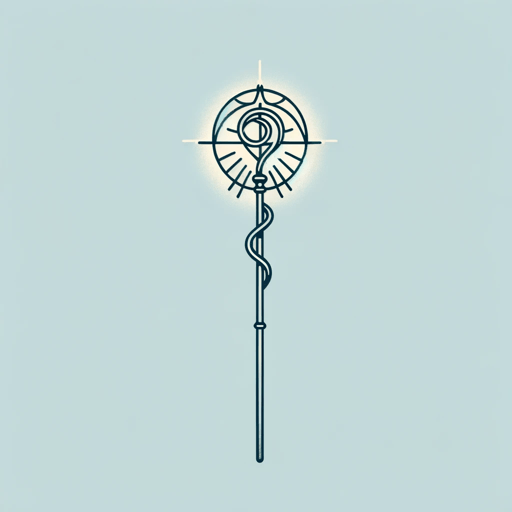64 pages • 2 hours read
Margery KempeThe Book of Margery Kempe
Nonfiction | Autobiography / Memoir | Adult | Published in 1436A modern alternative to SparkNotes and CliffsNotes, SuperSummary offers high-quality Study Guides with detailed chapter summaries and analysis of major themes, characters, and more.
Background
Historical Context: The Late Middle Ages
The Book of Margery Kempe was recorded during Europe’s Late Middle Ages (ca. 1300-1500). The late medieval period was a time of multiple crises, including, but not limited to, the pandemic known as the Black Death (ca. 1347-1351), the Papal Schism (1378-1417), and the rise of new heretical movements, like Lollardy. Margery’s book signals the social and religious tension these crises inspired.
The Late Middle Ages, however, also witnessed progressive change. For example, vernacular schools became increasingly popular and new vernacular literature appeared. Latin was the dominant language of the Church, but more texts were recorded in the common languages, like Geoffrey Chaucer’s Canterbury Tales and new travel literature, some of which was inspired by pilgrimages like Margery’s. The Book of Margery Kempe, for example, is recorded in Middle English. The use of the vernacular is also connected to the English heresy known as Lollardy. The movement’s founder, John Wycliffe, translated the Bible into English, something the medieval church forbade. “Lollard” was a slur, meaning uneducated in Latin, leveled at followers of this movement.
The Lollard movement also reflects the declining status of the clergy after the Black Death and in the wake of the Papal Schism that divided the papacy.

